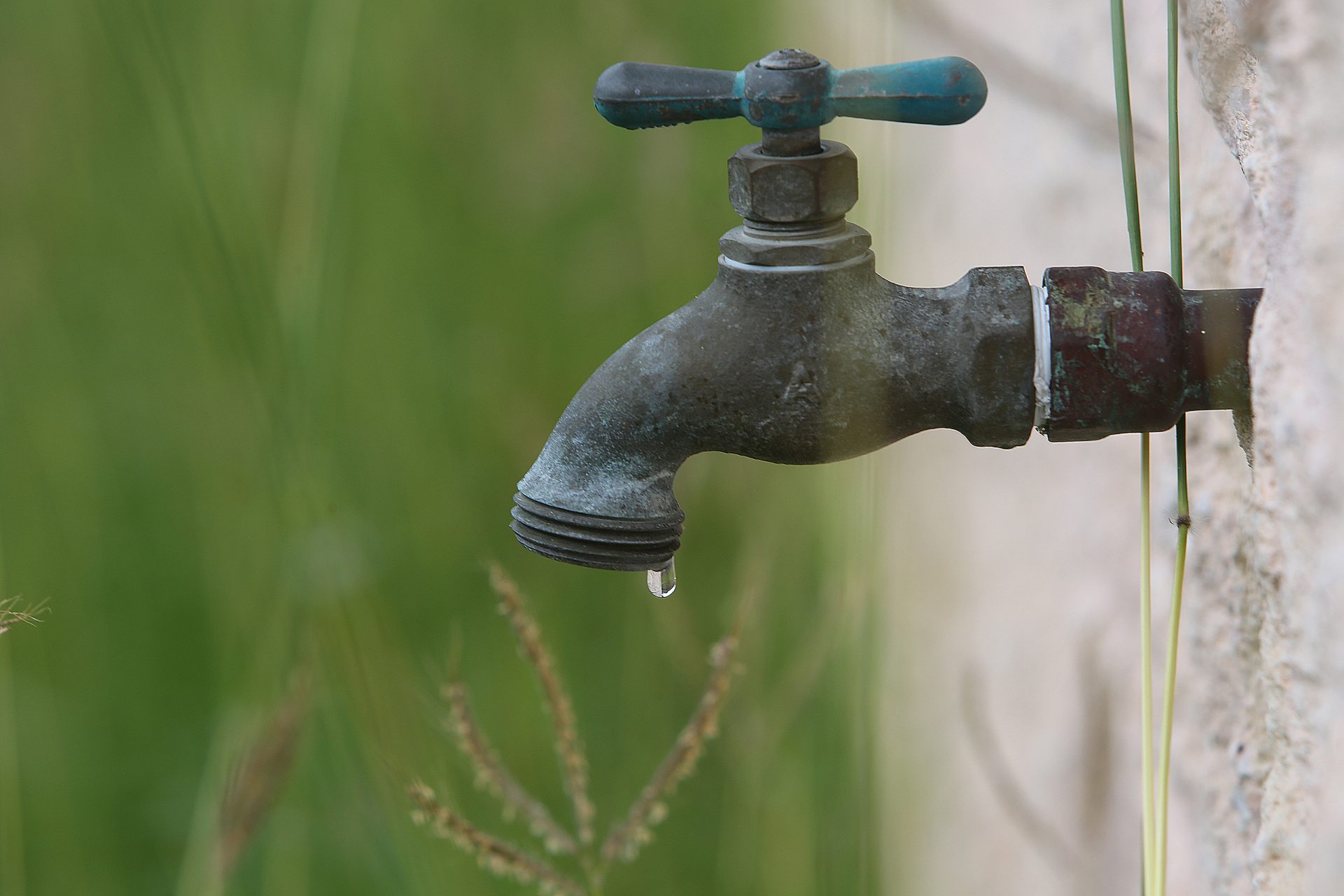|
Only have a minute? Listen instead
Getting your Trinity Audio player ready...
|
The Environmental Protection Agency has issued new rules regarding several chemicals found in our tap water. As Rio Grande Valley utilities adjust their purification systems to the new rules, let’s hope they find a way to pump out something that more Valley residents are willing to drink.
New EPA guidelines seek to reduce, and eventually eliminate, dozens of chemicals known as perfluoralkyl and polyfluoralkyl substances — PFAS — that are found in countless manmade materials and have made their way into America’s drinking water supply.
PFAS, used in items ranging from industrial materials to clothing and even dental floss, are appearing in increasing amounts in our food, soil and even raindrops. Laboratories even find that patients’ blood samples contain what many people call “forever chemicals” because they can take hundreds, even thousands, of years to break down.
Researchers link PFAS to many health issues including high cholesterol and heart disease, birth complications and even early onset of puberty. They fear the chemicals could be a factor in growing rates of testicular, breast and other cancers.
The EPA wants to eliminate PFAS completely from public water supplies by 2029. The cost of new filtration systems and other changes to utilities’ water purification processes are expected to raise our monthly water bills by $5 to $10.
In a good news-bad news scenario, many Valley residents might have less exposure to the chemicals than people in other areas — but that’s only because they refuse to drink water out of the tap.
It just tastes too bad for many if not most local residents.
The good news is that the reverse-osmosis systems in those machines filters out 99% of PFAS. The bad news is that residents in one of the lowest-income urban areas in the country feel the need to pay extra for bottled water or to feed their money into the water-vending kiosks that appear all across the Valley. Most residential neighborhoods have at least one at a nearby convenience store or gas station, and many shopping center parking lots have them.
They’re so plentiful because they’re so popular.
That’s not exactly a good thing — those machines are rare outside of the Valley. Most Americans don’t even know they exist.
And that’s because their tap water is palatable. They see no need to spend extra money for water, unless they need a bottle to take to the gym or on a road trip.
Local utility boards insist the water is safe to drink; many people, however, just don’t want to.
Admittedly, local utilities face a special challenge. While most areas have access to groundwater, the Valley draws its water from the Rio Grande, and our position at the end of the river means that all the industrial, municipal and agricultural waste that gets dumped into it — from El Paso/Juarez to Del Rio/Acuña and the twin Laredos — ends up in our pipes. Valley filters can only do so much.
We hope, however, that improvements that help eliminate PFAS are able to improve the palatability of our tap water. If they can reduce residents’ need to buy their drinking water, the savings just might pay for the higher utility bills those changes will bring.




